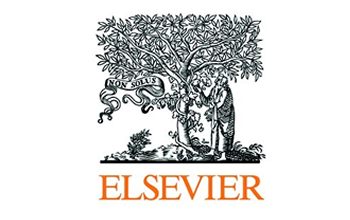- Department of Psychology and Neuroscience Graduate Program, University of Guelph, Guelph, Ontario, Canada
Highlights
- •
-
Endocannabinoids are involved in the regulation of nausea and vomiting.
- •
-
Controversy exists regarding the emetic/anti-emetic effects of 2-AG
- •
-
In the house musk shrew, 2AG does not produce vomiting and it is anti-emetic
- •
-
Species differences exist regarding the anti-emetic/emetic effects of 2-AG.
Abstract
The role of the endocannabinoid system in vomiting has been previously studied using several animal species. These investigations have clearly demonstrated an anti-emetic role for the eCB, anandamide, in these animal models; however, research concerning the role of 2-arhachidonoylglycerol (2AG) has been less clear. The aim of the present study was to assess the effects of exogenous 2AG administration in the house musk shrew, Suncus murinus. In Experiment 1, shrews were injected with vehicle or 2AG (1, 2, 5, 10 mg/kg) 15 min prior to behavioral testing in which the frequency of vomiting episodes was observed. In Experiment 2, shrews were pre-treated with 2AG (2, 5 mg/kg) prior to being administered the emetic drug, lithium chloride (LiCl). It was found that 2AG alone did not induce emesis, but interfered with vomiting in response to LiCl administration. The anti-emetic effects of 2AG in Suncus murinus do not appear to be mediated by CB1receptors, as concomitant pretreatment with the CB1 receptor antagonist, SR141716, did not reverse the suppressive effects of 2AG. These results confirm that manipulations that increase levels of 2AG exert anti-emetic effects in the house musk shrew.
Keywords
- Emesis;
- Endocannabinoid;
- 2-Arachidonoylglycerol;
- Lithium chloride;
- Shrew
Figures and tables from this article:
- Fig. 1. Mean (+ sem) frequency of vomiting (upper graph) and retching (lower graph) episodes among the shrews treated with various doses of 2AG or vehicle in Experiment 1. The numbers in parentheses indicate n/group that displayed emetic/retching behavior. There was no significant difference in vomiting among any of the treatment groups as compared to vehicle-treated shrews.
- Fig. 2. Mean (+ sem) frequency of vomiting (upper graph) and retching (lower graph) episodes among the various treatment groups in Experiment 2. All shrews were treated with 0.15 M lithium chloride (LiCl; 390 mg/kg). The numbers in parentheses indicate n/group that displayed emetic/retching behavior following LiCl administration. The asterisks (*p < .05, **p < .01, ***p < .001) denote a significant difference compared to vehicle-treated shrews. Both 2 m/kg and 5 mg/kg 2AG interfered with LiCl-induced vomiting and retching, which was not reversed by the CB1 antagonist, SR141716.
Copyright © 2013 Published by Elsevier Inc.
Although uncorrected proofs do not have all bibliographic details available yet, they can already be cited using the year of online publication and the DOI, as follows: author(s), article title, journal (year), DOI. Please consult the journal’s reference style for the exact appearance of these elements, abbreviation of journal names and use of punctuation.
When the final article is assigned to an issue of the journal, the Article in Press version will be removed and the final version will appear in the associated published issue of the journal. The date the article was first made available online will be carried over.







